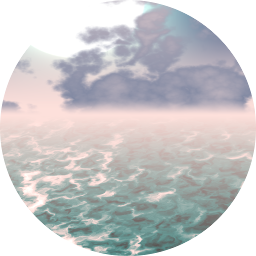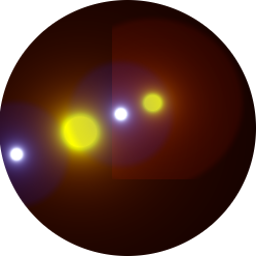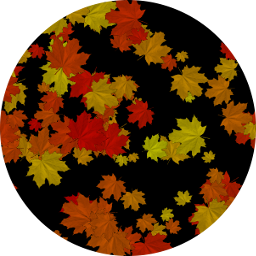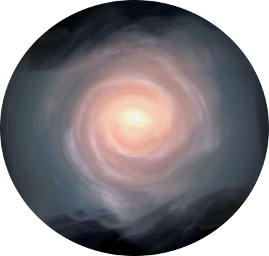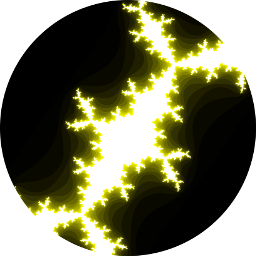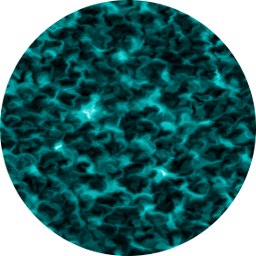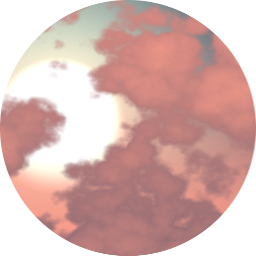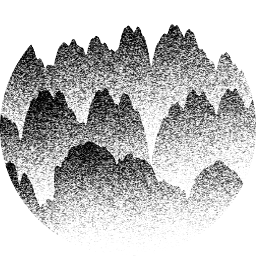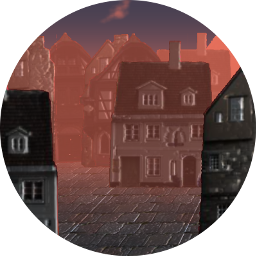Seascape 2

[Feb 8, 2024]. After several years of not updating this page, a more complex seascape application. The program presented here is a somewhat reduced version of an WebGL program that I have written back in 2017. Inside the application, click the upper-right corner of the browser window to go to full-screen mode.
In addition to all the effects from Seascape, this WebGL program demonstrates: using WebGL2 context, rendering 3D objects (the terrain); cloud animation using 3D textures, which improves the billowing effect; blending terrain and sea using the depth buffer; a lodaing screen; and sounds with the Web Audio API. This is a much larger and more complex program, that uses a newer, more expanded utility library for WebGL programs.
The topography of the terrain is given by a texture, loaded from an image file.
